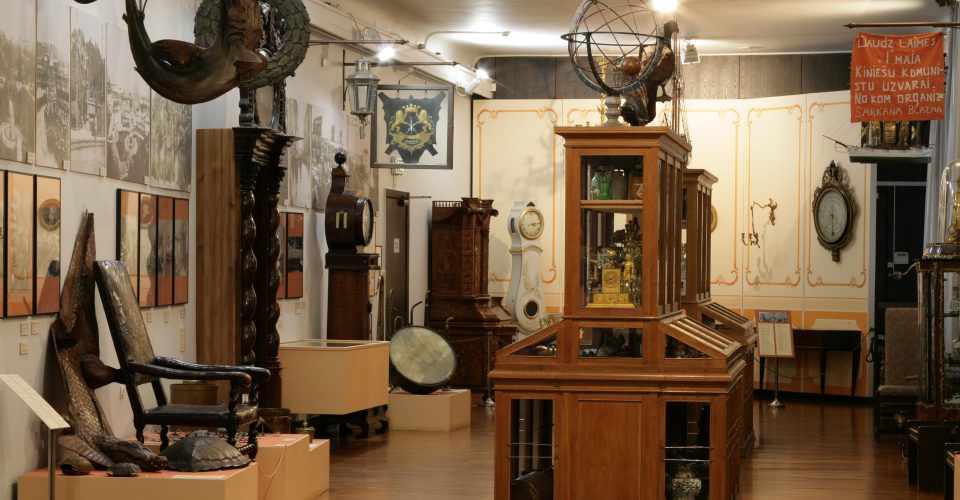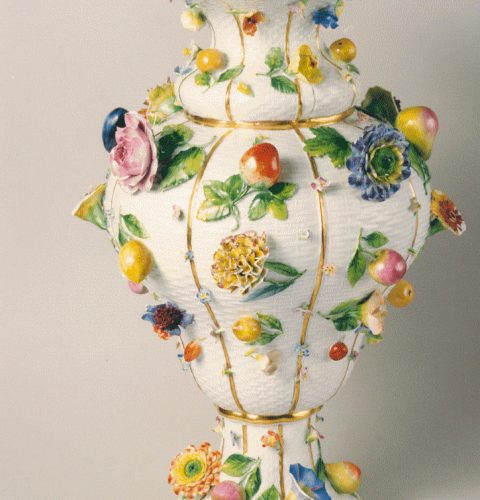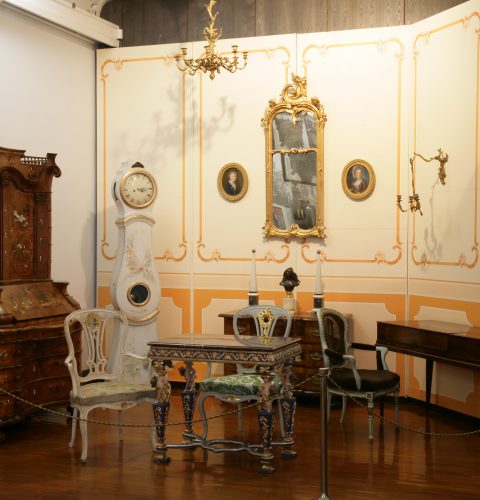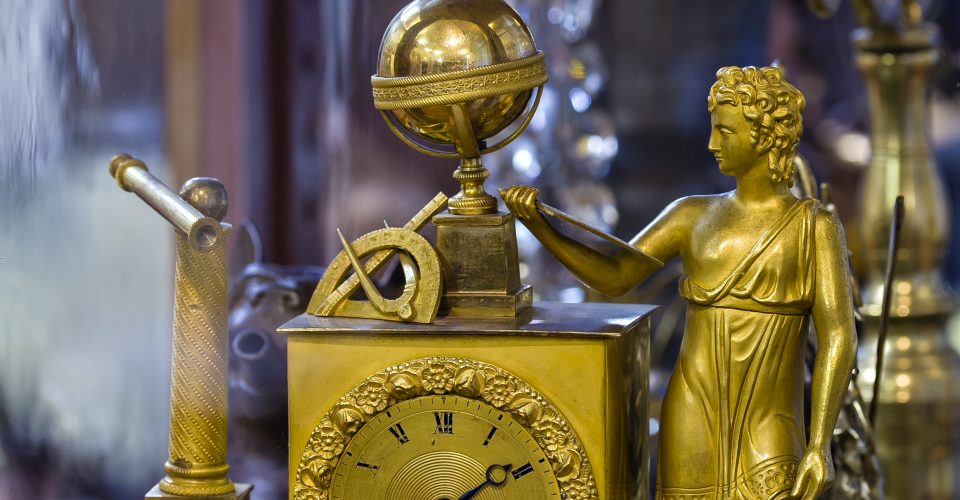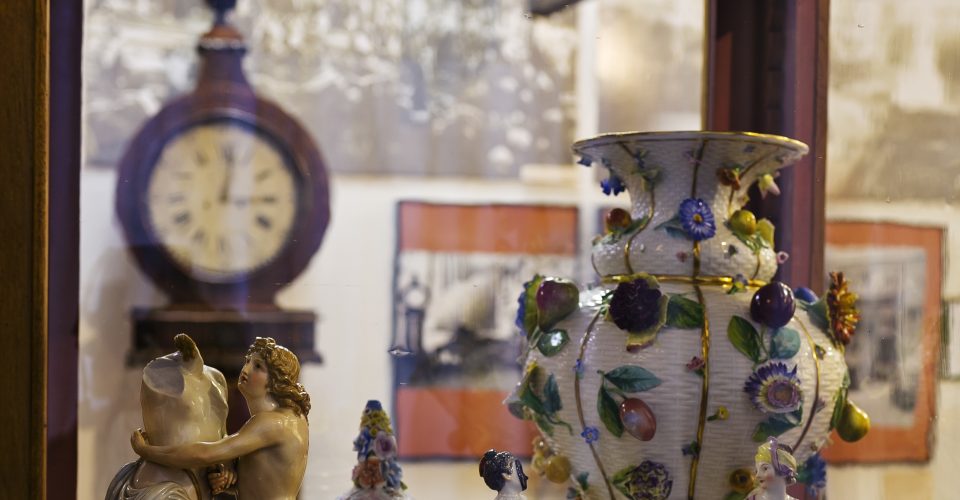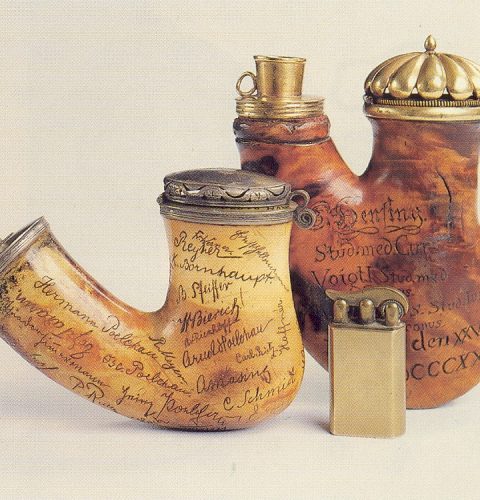The Dom Museum – Temple for Science and Art
The exhibition is dedicated to the history of the Museum of the History of Riga and Navigation. The origins of the museum go back to 1773; however, the exhibition focuses on the period of the Dom Museum (1890–1936), with a particular emphasis on the Baltic German contribution to the preservation of Latvia’s cultural values and the fortunes of cultural treasures during the Second World War.
The major source for the Dom Museum collections was donations – archaeological artefacts, stamps, coins, medals, paintings, engravings, clocks, furniture, musical instruments, chinaware, silver and pewter objects – the gold fund of the modern Museum of the History of Riga and Navigation. The focal points at the exhibition are objects from various Dom Museum collections in their historical showcases. On view is also a reconstruction of the Rococo Room, originally exhibited in the early 20th century. Among other objects there is an 18th century bureau bookcase, a remarkable piece made by cabinetmakers from Bauska. One of the curious exhibits is a two-hundred-year-old stuffed fish, which used to decorate the entrance hall of the Dom Museum. In the early 20th century it was given by the Black-Heads Association as a gift to the Museum.
The exhibition was created in co-operation with the Herder Institute in Marburg (Germany) and dedicated to the 800th anniversary of Riga.





